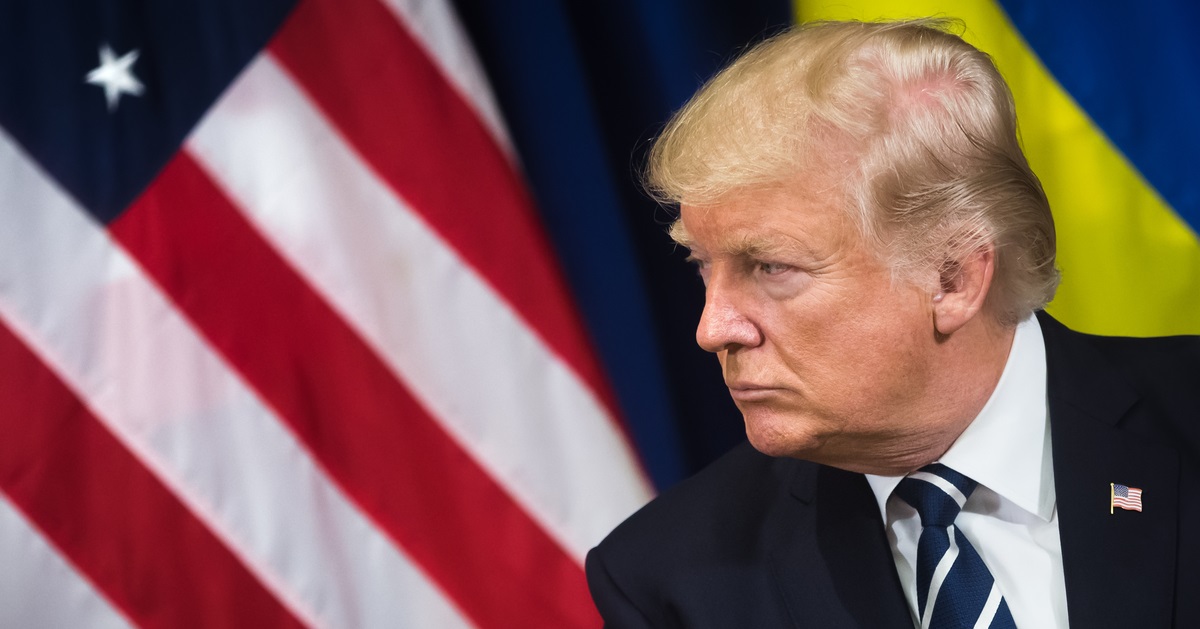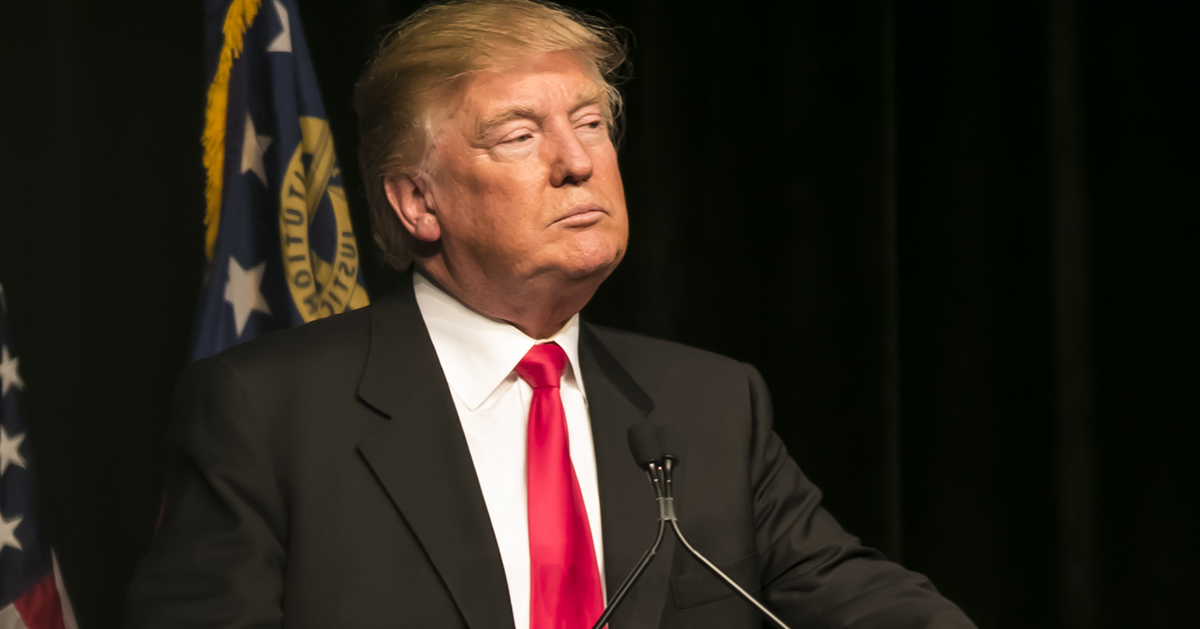Pope Francis Advocates For Harmony On Southeast Asia-Oceania Tour
Pope Francis’ 12-day journey through Southeast Asia and Oceania is marked by his poignant gestures of unity amid diverse religious communities.
During this tour, the Pope made significant efforts to address religious violence and promote interfaith dialogue, particularly between Catholics and Muslims, Western Journal reported.
Beginning his extensive tour, Pope Francis first landed in Jakarta, Indonesia, on September 5. Indonesia, known for having the world’s largest Muslim population, served as a pivotal stop in its mission to foster interfaith relations. The Pope’s visit was not just formal but deeply symbolic, reflecting his ongoing commitment to dialogue and peace.
In Jakarta, the Pope, despite his need for a wheelchair, met with Indonesia’s grand imam, Nasaruddin Umar. This significant meeting occurred at the well-known “Tunnel of Friendship” which physically and symbolically links two major houses of worship: the Istiqlal Mosque and the Catholic Cathedral of Our Lady of the Assumption.
Historic Interactions Highlight Interfaith Unity
Pope Francis and Imam Nasaruddin Umar filled their encounter with emblematic gestures that spoke volumes. The grand imam affectionately kissed the Pope on the head, a gesture reciprocated by Pope Francis who kissed the imam’s hand, symbolizing mutual respect and the bridging of two faiths. This moment underscored the overarching message of the Pope’s trip: a call for harmony and understanding across religious divides.
Later the same day, Pope Francis delivered a poignant message to those assembled at the site. He emphasized the critical role of religion in guiding adherents through life’s metaphorical tunnels toward enlightenment and cooperation. His words echoed around the globe as he stressed the importance of continuing the path toward interfaith understanding and collaboration.
“Religions have a role to play in helping everyone pass through the tunnels of life with our eyes turned towards the light,” he stated, encapsulating his vision for a future where religious plurality is embraced and cultivated for societal benefit.
Pope Francis Advocates For A Pluralistic World View
In his speech, Pope Francis also urged people of different faith communities to walk together in search of divine guidance, advocating for open societies built upon mutual respect and love. He pointed out the dangers of rigidity, fundamentalism, and extremism, which he described as threats that are never justifiable and always perilous.
“I encourage you to continue along this path so that all of us, all of us together, each cultivating his or her spirituality and practicing his or her religion, may walk in search of God and contribute to building open societies ...,” he encouraged the multi-faith audience. His stance on religious pluralism and the shared journey in faith highlights a progressive approach towards interfaith relations, particularly significant amid global religious tensions.
The Pope’s emphasis on societies “founded on reciprocal respect and mutual love” aligns with his broader mission to mitigate religious misunderstandings and conflicts. By promoting these values, he advocates for environments where diverse spiritual practices and beliefs are the cornerstones of community resilience and peace.
Global Reflection On Pope Francis’ Interfaith Initiative
This particular visit by Pope Francis not only resonates within the regions he visited, but it also serves as a beacon for global reflection on interfaith relationships. Indeed, his actions and words in Jakarta are a clear testament to his dedication to healing divisions and building bridges among different religious communities worldwide.
As the Pope continues his tour, the world closely watches and reflects on the potential for more profound interfaith understanding and cooperation. Moreover, his efforts highlight the ongoing need for dialogue and underscore the critical role religious leaders can play in fostering global peace and understanding.
Furthermore, Pope Francis' tour and his messages are expected to significantly influence interfaith dialogue initiatives well beyond the completion of his visits. By openly engaging with and respecting various religious traditions, he sets a powerful example for leaders and followers alike, promoting a world where coexistence and cooperation form the basis of society.
In conclusion, the impact of such high-profile visits is profound, providing real groundwork for change and inspiring a renewed commitment to peace among different faiths. Undoubtedly, the world will continue to watch closely as the results of these engagements unfold in the coming years, assessing the lasting influence of his interfaith outreach efforts.




